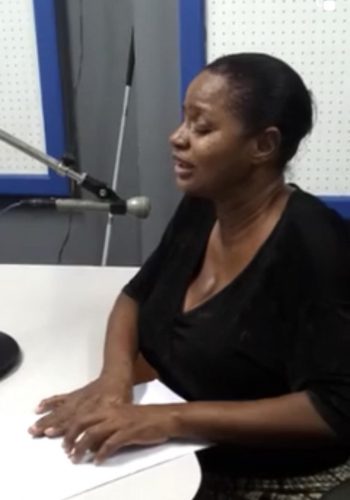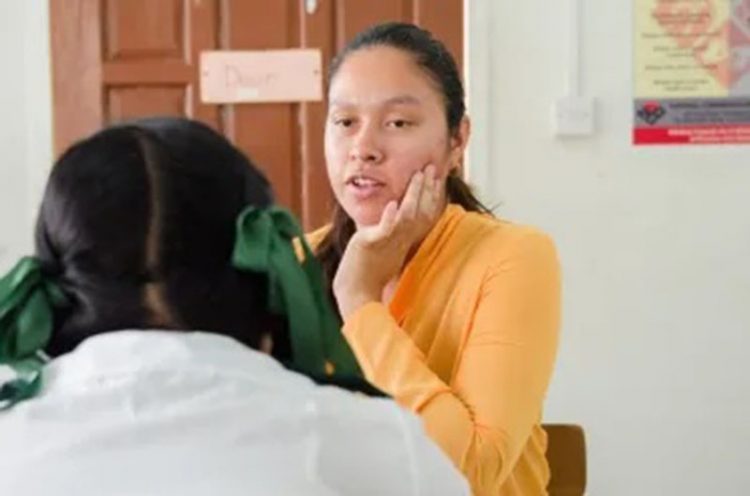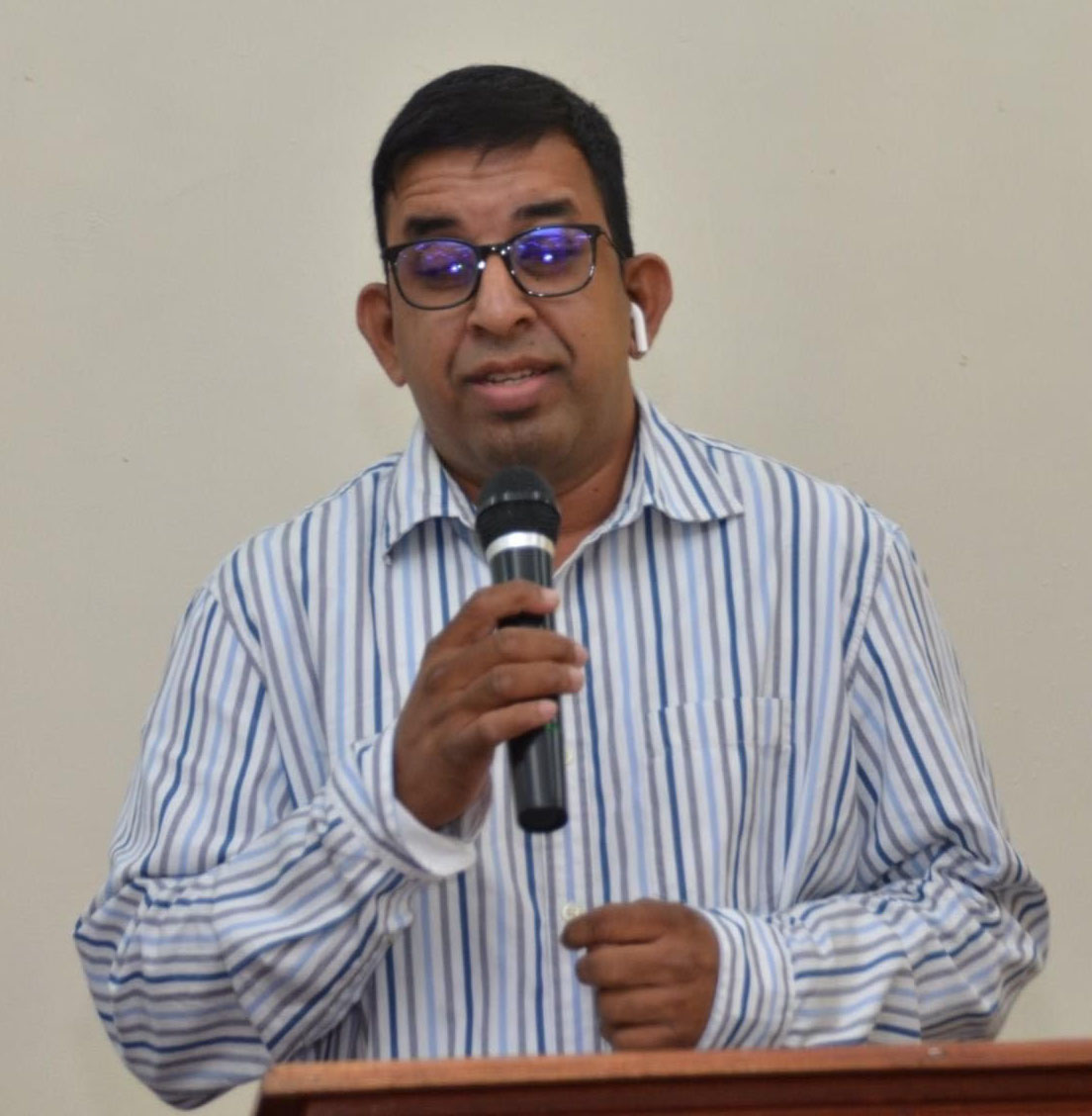There are calls for more resources to be dedicated towards improving braille literacy among the visually impaired population in order to promote social inclusion.
The calls were made by several visually impaired individuals on the heels of World Braille Day, which was observed on January 4, to raise awareness about the importance of braille as a means of communication in the full realization of the human rights for blind and partially sighted people. Veteran Broadcaster Julie Lewis has been using braille to announce the daily economic report on national radio station Voice of Guyana since 2004.

Lewis, who was diagnosed with congenital cataract before her first birthday, stressed that braille learning promotes independence among the visually impaired. She has also been using her braille skills to write advertisements and messages for radio.
“Some people think that braille is another language, but it is not. It’s just a different way of writing the very language that you speak. It allows a blind person to be able to read and write,” she noted.
Despite the advent of audio technology, Lewis still believes that braille is a necessary tool that should be introduced to the visually impaired from school age as it allows them to appreciate the layout of paragraphs, charts and tables.
“By interacting with the braille with your fingers you will get an understanding. For children it is a necessary tool. Also, I

would strongly advocate for a means to be devised for us to have a lot of those pieces of legislation transcribed into braille. The thing about braille is that you don’t have to have electricity to use it. I noticed that some manufacturers are putting a little braille on their products, especially medications. More of this should be done,” she stated.
Meanwhile, CXC Programme Coordinator at the Guyana Society for the Blind Ganesh Singh told Stabroek Weekend that there are plans in the pipeline to roll out a braille literacy programme among the visually impaired population later this year.
He pointed out that in Guyana there are currently no more than 10 visually-impaired persons who are proficient in reading and writing braille and added that this figure must be improved in order to give blind persons more independence.
“As much as technology is there, it can never replace braille. When you listen to an audio recording it doesn’t spell the words, so your spelling is limited but when you read braille it’s almost like when a sighted person is reading—they see each letter and it is the same for a braille reader, they feel each letter. It’s very critical that children who are blind learn braille from early so that they can develop those spelling and writing skills, then you introduce them to technology,” he said.
Singh further stressed that learning braille will allow visually impaired persons to have an improved standard of living as they would be able to label items in their homes with braille stickers and increase their chances of becoming employed.
“They can label their seasoning, coffee, milk etcetera. We really need to embrace the use of braille among the blind population and more resources need to be
allocated to have braille literacy improved not just among children but adults,” Singh said.
While Lewis expressed the view that recently enacted legislation, such as those governing local content and the Natural Resource Fund, should be translated in braille for the blind population to understand, Singh expressed the view that it would be better to expend resources on translating such critical documents when a wider cross section of the visually impaired population is trained in the use of braille.
“What they can do is produce it in audio so persons who are blind can listen to it. Until such time that we have a lot more braille readers, we can do so but for now we can have about two copies made available,” he said.
Special Education Needs Teacher at the Ministry of Education Unit for the Blind Rosemarie Ramitt, who also spoke with Stabroek Weekend, said the fact that braille is less used among the visually impaired population does not mean that it has become irrelevant but rather improved technology has taken precedence.
While commending the Ministry of Education for its continuous effort to teach braille in schools, Ramitt said it should be taught using modern teaching methods.
“When you ask most students why they don’t like learning braille they say that it’s too boring for them. What you find is that international schools for the blind use both technology and braille books and it’s very interesting because they have the instructions in audio and you follow the audio and complete the activities then you have other braille materials you can use to label items around the home,” Ramitt said.
According to the Special Needs teacher, braille is a lot more relevant in subject areas like mathematics. “When you have to teach students how to set down operations and numbers, doing it on a computer is not effective because students have a problem visualizing it.
We have math boards that have braille and you set it in front of them so they can feel and understand how to write expressions,” she added.
Students are currently being taught to use braille at schools including St Roses High, North Georgetown Secondary and St Gabriel Primary.
Recently, Ramitt participated in two workshops which saw several Special Needs Education teachers in Region Four being trained in the use of braille.
She said that if more items are labelled in braille, visually-impaired people would be encouraged to learn braille as it is the only way they are able to read. “One of the main benefits of learning braille is that you will have a more literate blind population and every society strives to improve literacy,” Ramitt said. (Onicka Jones)






